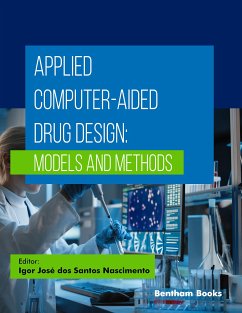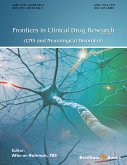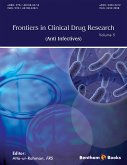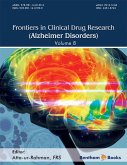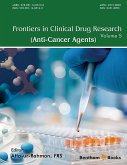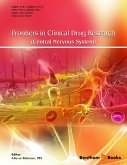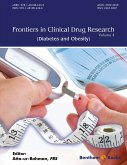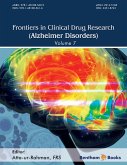Key Features
· Presents the concepts and evolution of classical techniques, up to the use of modern methods based on computational chemistry in accessible format.
· Gives a primer on structure- and ligand-based drug design and their predictive capacity to discover new drugs.
· Explains theoretical fundamentals and applications of computer-aided drug design.
· Focuses on a range of applications of the computations tools, such as molecular docking; molecular dynamics simulations; homology modeling, pharmacophore modeling, quantitative structure-activity relationships (QSAR), density functional theory (DFT), fragment-based drug design (FBDD), and free energy perturbation (FEP).
· Includes scientific reference for advanced readers
Readership
Students, teachers and early career researchers.
Dieser Download kann aus rechtlichen Gründen nur mit Rechnungsadresse in A, B, BG, CY, CZ, D, DK, EW, E, FIN, F, GR, H, IRL, I, LT, L, LR, M, NL, PL, P, R, S, SLO, SK ausgeliefert werden.
Hinweis: Dieser Artikel kann nur an eine deutsche Lieferadresse ausgeliefert werden.

